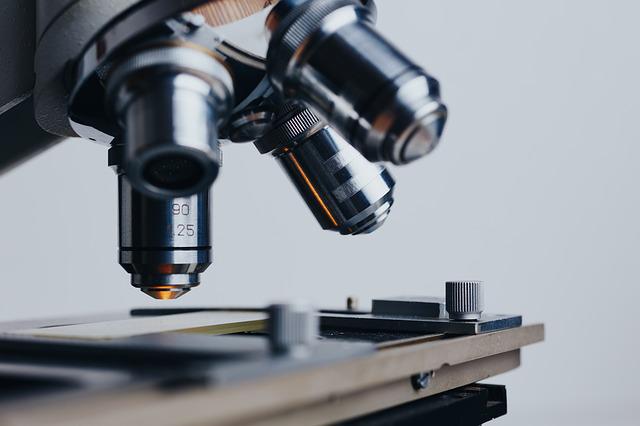
What is Bioconjugation?
Before we delve deeper into the applications, it is important to first describe or define bioconjugation.
Bioconjugation is a process that involves a chemical-linking of 2 molecules so that they form a single hybrid, and one of the members of this partnership is a “biomolecule”. These partnerships are the perfect representation of the well-known motto “the whole is greater than the sum of its parts”. To explain this further, the product that results from this process retains the activity of each of the components but also manages to gain a “novel function” that would not be possible when these molecules are on their own.
Bioconjugation chemistry usually involves complementary yet distinct functional groups to the 2 biomolecules which enables them to successfully bind to each other. This process is achieved through modification, where the links attach to thiol or amines groups that are already present on each of the biomolecules prior to them being mixed together.
Common illustrations of bioconjugates can include antibodies that are bound to fluorophores, that both recognise a target analyte followed by producing a readout that is measurable that confirms its presence. The proteins that are attached to the agarose beads that are often used for immunoprecipitating specific binding partners from the solution won’t be needing secondary reagents.
Case Study One
One of the important factors of bioconjugation relates to how it contributes to “drug targeting”. At this stage, around 80 drug candidates (antibody-conjugated) are currently undergoing evaluation by the FDA. In this case study, researchers attempted to increase specificity relating to the Bristol-Myers Squibb drug to a CXCR4 antigen expressed by the T cells (1). This strategy of targeting would assist them greatly in the delivery of this medication to cells, where it would then inhibit the tyrosine kinase activity that would block signal-transduction cascade present in tumour cells. With the use of SoluLINK® conjugation chemistry, they managed to add an antibody to this drug. This conjugation type increased the rates of intracellular drug payload and cell entry.
Case Study Two
Another bioconjugation use appeared in the DNA-antibody barcoded arrays. This process was developed for single-cell, high-throughput protein detection. In this case study, the researchers prepared a mono-layer of single-stranded DNA microbeads across a surface of glass. The single strands were then hybridized with antibodies which managed to capture a set of specific proteins in the solution. With the use of SoluLINK chemistry, the researchers found a way to conjugate these antibodies to complementary DNA, while confirming the detection of protein using sandwich ELISA.
(2). Bioconjugation can enhance the overall accuracy of cell-biology studies and pathology, along with clinical diagnostics.
Case Study Three
Characterisation of tumour cell-markers and genome sequencing of a tumour can also benefit from the process of bioconjugation since some of the conventional immunolabeling techniques fall short when it comes to identifying any heterogenous-cell subpopulations. The Biomedical Engineering Department based at the Oregon Health and Science University created a new technique that involved conjugating 14 different types of antibodies to oligonucleotides (3). One of the tricks to the oligos was the fact that they had complementary fluorophore strands present and they also had photo-cleavable linkers present. This provided a way for these researchers to quantify strand and antibody concentrations with the use of cyclic immunofluorescence when identifying breast cancer tissues in humans.
